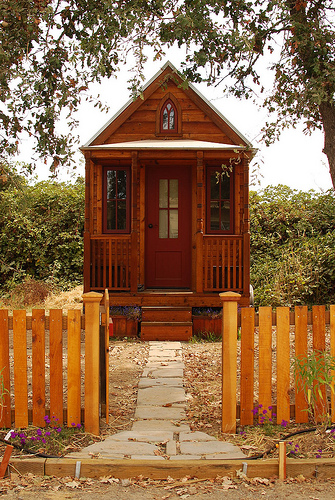In the last ten months, Zillow says my house in Seattle’s Ballard neighborhood has appreciated by more than $100,000. Seattle has about 135,000 houses like mine. The owners of every one of them have been getting richer daily from the city’s housing affordability crisis. One person’s affordability “housing emergency,” in other words, is another person’s cha-ching.
That’s the harsh economic and political reality that made the Seattle Housing Affordability and Livability Agenda (HALA) committee, on which I’ve served with 27 other Seattleites during these last ten months of surging home values, such a challenging undertaking: demand for housing in Seattle is white hot, property owners are making money hand over fist, and low-income families are getting squeezed out. But do the privileged in Seattle actually want housing to be more affordable? Is there any political coalition with enough power to overcome the desire among 135,000 homeowners for the next $100,000?
As of this hour, HALA is done, its report released, and the ban its members agreed to on public comment is over. So I can finally say some things publicly about HALA. For months, I wondered if I’d be publishing a detailed critique of the process and outcomes at this point: it’s been an extended hair-pull. But to my delight, HALA did better—much better—at rising to this fundamental challenge than I expected. I’m not saying I love every one of HALA’s 65 recommendations. I don’t. That’s the nature of a 28-person compromise.
The heart of the plan, however, stands a better chance of working, economically and politically, than anything I expected to emerge from our deliberations; it could prove a breakthrough in the quest for equitable, climate-friendly cities. It stands a chance of countering the self-interest of property owners.
Read more










